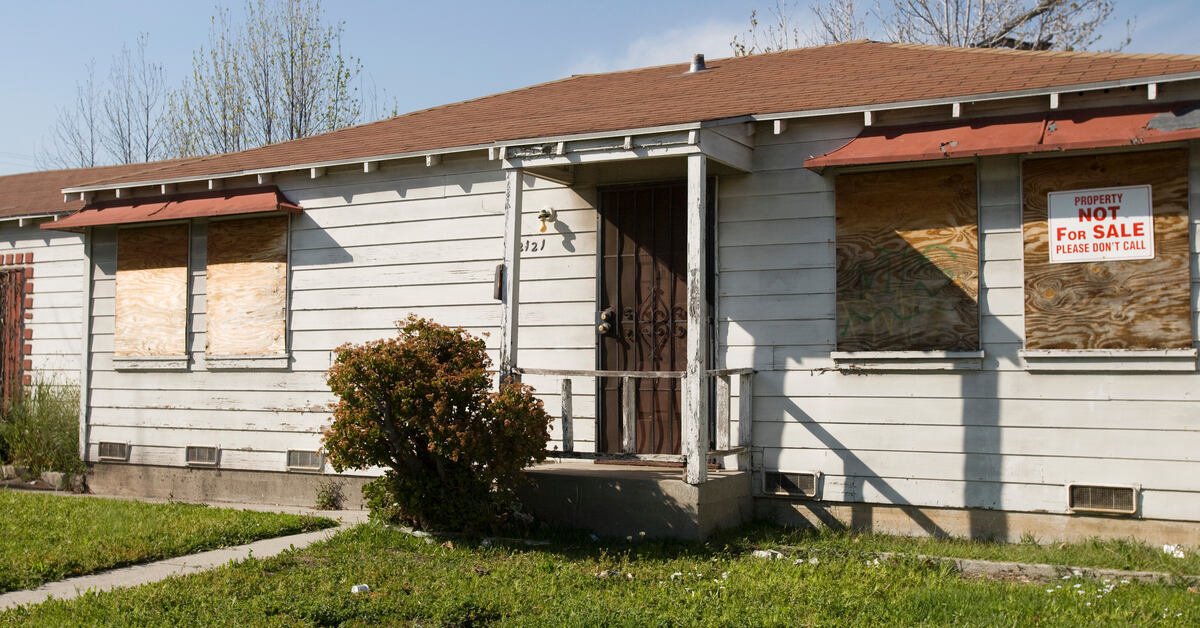The Negative Community Impacts of Abandoned Properties

Vacant and abandoned properties are more than just eyesores in a neighborhood. These neglected spaces create cascading effects that harm communities, lowering quality of life and draining valuable resources.
For community developers, understanding these challenges is essential to fostering healthier, more vibrant neighborhoods. Below, we explore the negative community impacts of abandoned properties and why addressing them should be a top priority.
The Impact on Property Values
One of the most immediate consequences of abandoned properties is their effect on property values in surrounding areas. When a property goes ignored, it can quickly deteriorate and become unattractive. This decline affects the perceived value of neighboring homes, making the area less desirable to potential buyers.
Reduced property values affect individual homeowners and weaken the tax base, impacting local funding for schools, parks, and other community programs.
A Channel for Increased Crime
Abandoned properties often become magnets for criminal activities, ranging from vandalism to drug use and theft. These spaces provide the perfect cover for illegal behavior, perpetuating a cycle of insecurity in the community.
Some research suggests a clear link between vacancy rates and crime levels, noting that violent crime is more likely in areas with a higher proportion of abandoned properties. Community members often face heightened fear and anxiety, and law enforcement resources become stretched thin trying to monitor and mitigate such activities.
Hidden Threats to Health and Safety
Neglected spaces often pose significant health and safety risks to the individuals living nearby. Physical hazards, such as collapsing structures or unsecured materials, are common, especially in older properties. Less visible but equally dangerous are hidden biohazard risks in abandoned properties. These include mold, pests, unsanitary conditions, and even unsafe chemicals left behind.
Residents, especially children, are vulnerable to such hazards as they interact with their surroundings. Addressing these risks improves neighborhood safety but also mitigates potential public health crises.
The Emotional Toll on Residents
Abandoned properties deeply affect the morale of a neighborhood. For residents, seeing a neglected building daily instills a sense of hopelessness and frustration, leading to diminishing pride in their community.
Over time, a lack of pride may result in further neglect, with residents less likely to maintain their own properties or participate in neighborhood improvement efforts. The psychological impact of living amidst deterioration often reduces the social cohesion that communities need to thrive.
Pressure on Local Resources
Neglecting abandoned properties also comes at a financial cost for local governments. Municipalities are frequently burdened with increased demands for police, fire, and code enforcement services in areas populated by vacant homes.
Firefighters may face enhanced risks if the properties become targets for arson, while police departments must intervene to prevent the illegal activities often associated with these spaces. The cost of demolition, cleanup, or repairs often falls on the city or county, straining already-limited budgets they could use for other, more important community programs, such as education or local outreach.
Abandoned properties leave a negative mark on the economic, emotional, and physical well-being of communities. Their effects extend beyond unsightly appearances, severely challenging the prosperity and safety of neighborhoods. If left unaddressed, these issues grow exponentially, making it even harder for communities to recover.



